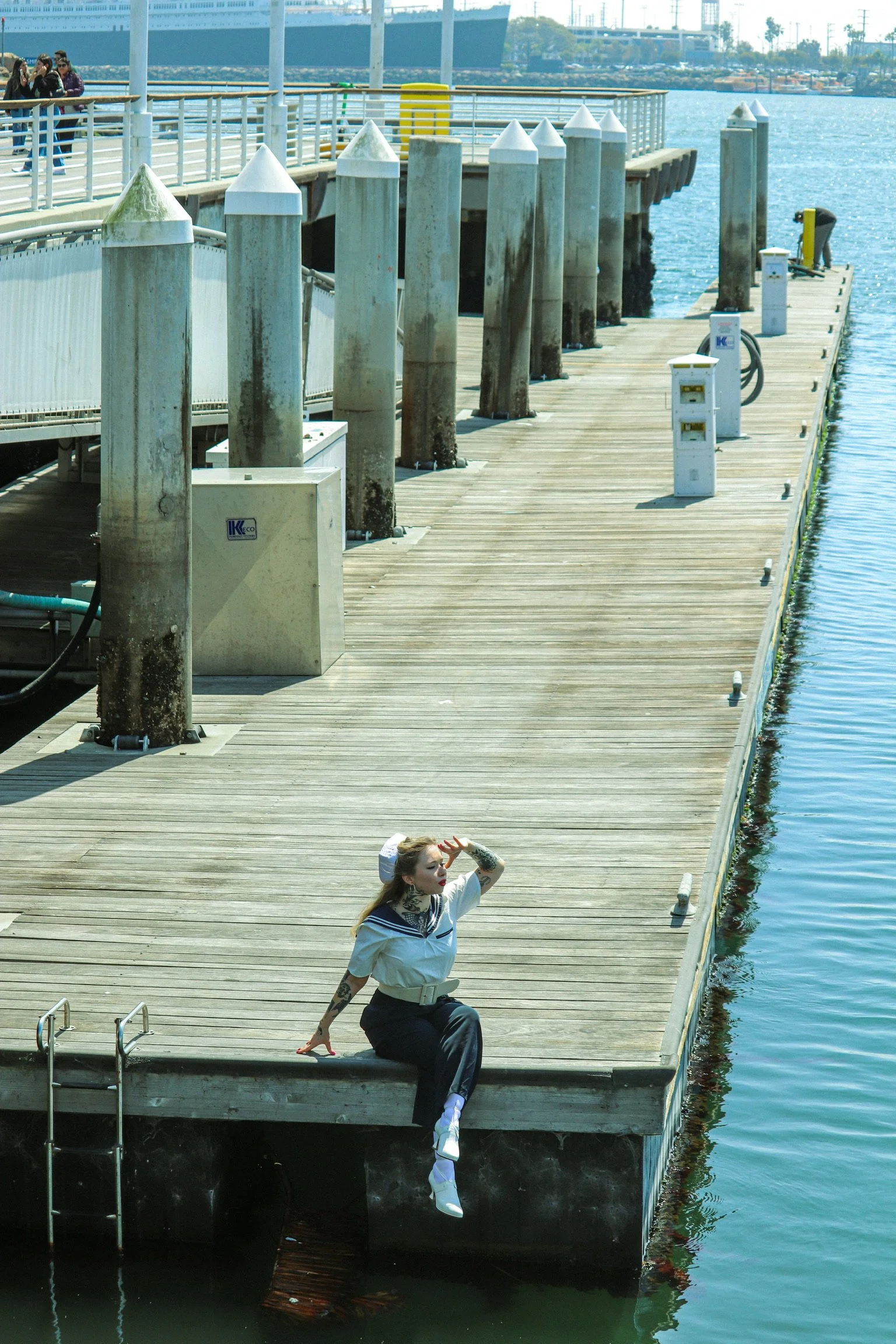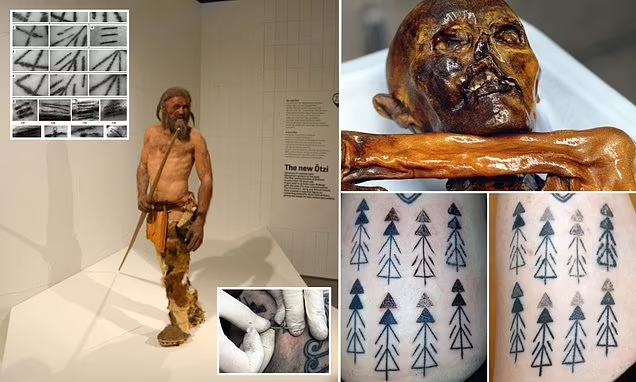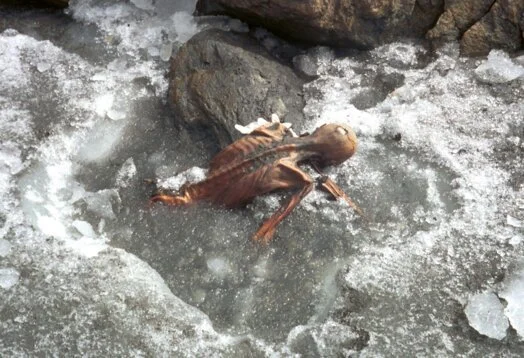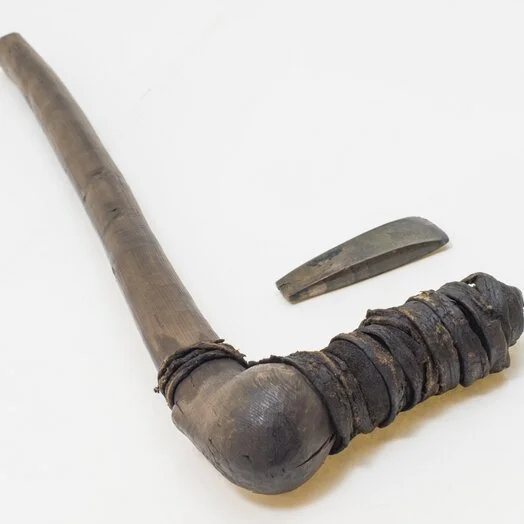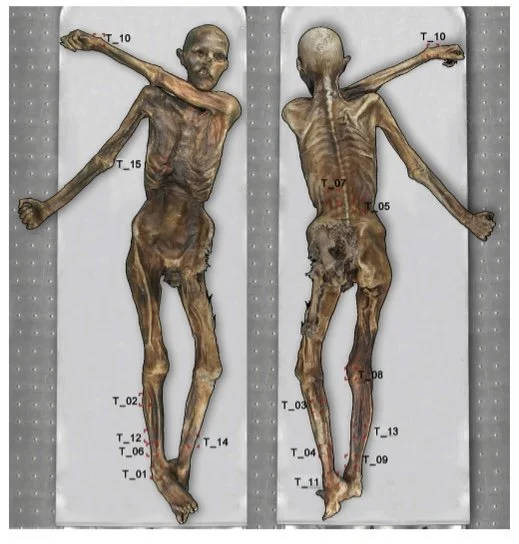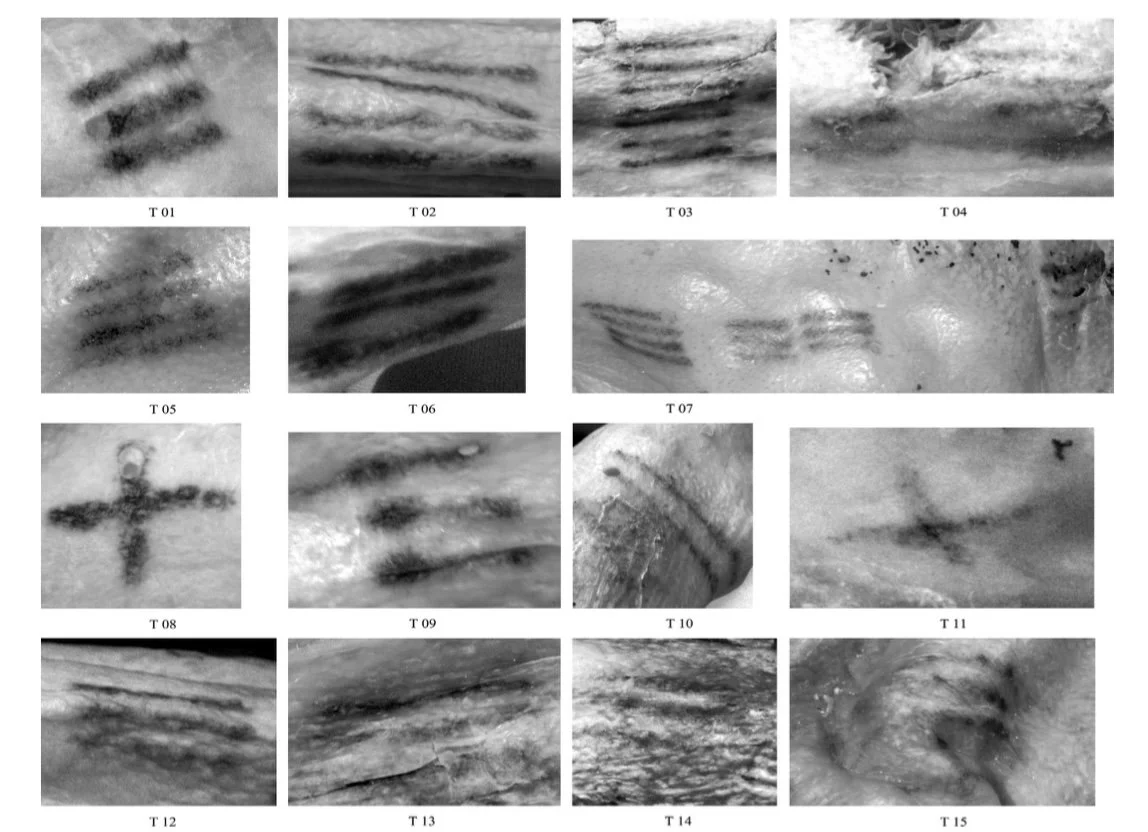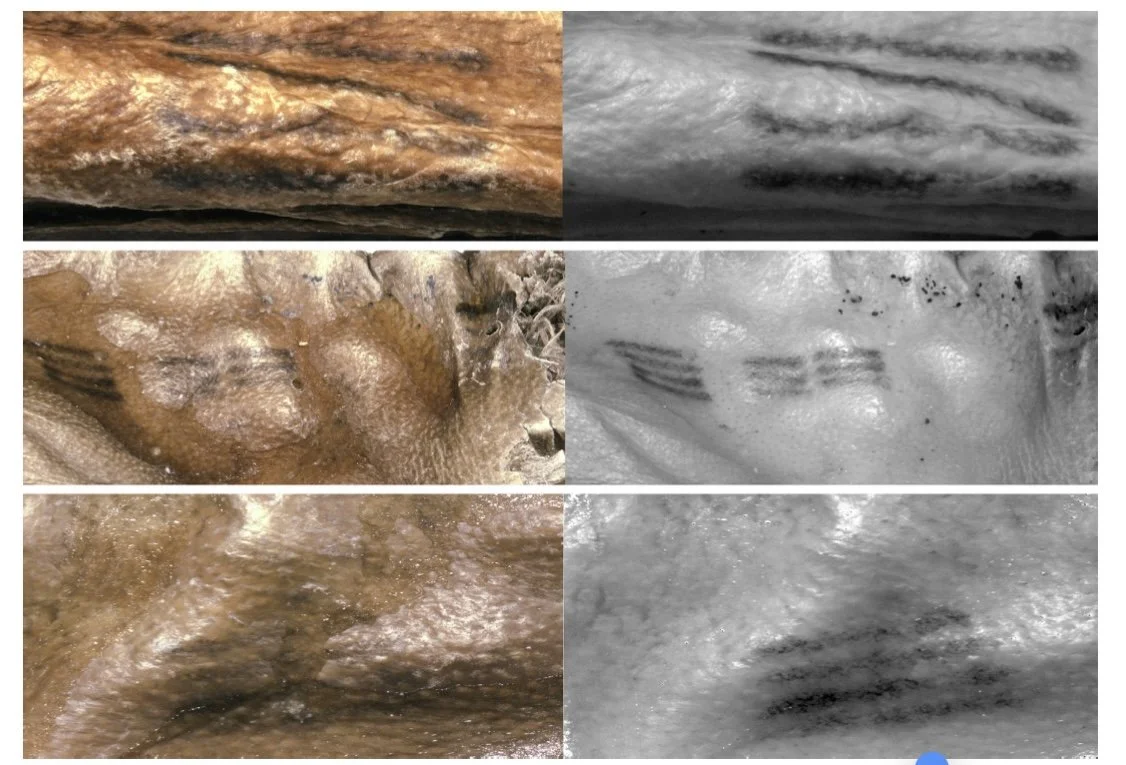Into: Why I care about this
When I tattoo by hand, I’m not just decorating skin. I’m touching the same tradition that runs through Ötzi the Iceman, Siberian princesses, Polynesian chiefs, Japanese masters, sailors, prisoners, and punks.
I started as a young tattooer in Russia, got pushed out by politics, and carried this craft across continents. Now, when you sit in my chair, you’re sitting in a story that is thousands of years old.
“The oldest body ever found is tattooed. That means tattooing is older than your religion, your government, your grandpa’s favorite war story.”
When I tattoo by hand, it’s more than ink: it’s a conversation—with shamans and sailors, princes and punk kids, and every soul who marked their body by hand before buzzing machines existed. I carried this skill through exile, and now practice it at conventions and guest spots across the globe. Each needle stroke connects you and me to thousands of years of tradition.
Ötzi the Iceman: the world’s oldest “hand poke client”
1) How he was found (aka: two hikers, one glacier, instant history)
On 19 September 1991, German hikers Erika and Helmut Simon were cutting across melting ice near Tisenjoch (Ötztal Alps, on the Italy–Austria border) when they saw a body sticking out of the glacier. Not a recent mountaineer—an ancient one. Recovery teams worked for days; the body and kit went first to Innsbruck, then eventually to Bolzano, Italy, where Ötzi now lives in a custom cold chamber at the South Tyrol Museum of Archaeology.
“A perfect storm of ice and luck kept him intact for ~5,300 years.”
⸻
2) Meet the man
Ötzi lived in the Copper Age (late Neolithic tipping into Bronze Age). He carried an axe with a 99.7% copper blade on a yew haft (status symbol and serious tool), plus a flint dagger, unfinished bow, quiver, birch-bark containers, and a woven-grass cloak. Metallurgy was new in Europe; analysis shows the axe copper traveled ~500 km from Tuscany—yes, ancient supply chains.
What he looked like (update!)
A 2023 high-coverage genome says: dark skin, dark eyes, receding hairline, ancestry leaning Anatolian farmer-related. Not your old textbook reconstruction.
⸻
3) The tattoos (61 marks, all business)
Here’s the headline: Ötzi has 61 tattoos—groups of lines and small crosses on his lower legs, ankles, behind one knee, lower back, and left wrist. They’re not flashy panthers; they’re minimal, practical, and placed where joints and spine hurt. That placement matters.
In 2015, researchers used multispectral imaging (infrared to UV) to map every tattoo—including ones invisible to the naked eye. That’s how we got the full “61” count and exact positions.
“Minimalist lines, maximal intent: therapy, not decoration.”
How they were made (incision vs. poke?)
For years, the museum line was: fine incisions + soot rubbed in. In 2024, an experiment argued the tattoos were actually poked in with a pointed, pigment-coated tool—i.e., a literal hand-poke method. Either way, soot/charcoal provided the pigment. The debate now leans poke, not slice.
Why those spots? Early pain management.
Radiology shows degenerative wear in the same areas with tattoos (lumbar spine, knees, ankles). Several studies have proposed these marks correspond to acupuncture / acupressure points (or near meridians), used for pain relief long before China’s written acupuncture record. It’s a hypothesis, but a compelling one—and at minimum, the tattoos cluster exactly where he hurt.
⸻
4) The last day (bro ate, then got ambushed)
Science cracked his stomach (literally: its position had shifted up under the ribs) and analyzed the contents. Final menu: ibex and red deer (high fat), einkorn wheat, plus traces of bracken fern. That’s protein + fat right before a climb—calorie-dense fuel, not a snack. Timeline suggests he ate within an hour or so of death.
Cause of death?
The now-standard view: an arrow hit him from behind, lacerating the left subclavian artery—massive internal bleeding. Some forensic debate has floated concussion/head trauma too, but the arterial hit is the classic kill shot. Either way, he was attacked.
“He ate like a mountaineer, carried elite gear, and died in a fight. Copper Age was not cozy.”
⸻
5) Health file (because the tattoos and the body agree)
CT and tissue studies paint the medical chart: joint degeneration (spine, knees, ankles), whipworm (intestinal parasite), probable arterial disease, soot-darkened lungs from fires, lactose intolerance, dental issues—basically a hard-worked body keeping score. Those tattoos? Placed right where the pain lived.
⸻
6) What the 61 tattoos actually tell us (a hand-poke artist’s take)
• They’re functional. Lines over joints and spine look like therapeutic markers more than ornament. If you’ve had chronic pain, imagine permanent “target lines” for pressure, heat, or ritual.
• They’re durable. The pigment (charcoal/soot) and the technique held up for ~5,300 years—proof that hand-poke can age really well (lol)
• They’re intentional. Repeated marks in the same spots suggest ongoing treatment over time. That’s pain management with culture attached.
• They’re early evidence of “tattoo = care” . Even if you’re skeptical about acupuncture per se, the overlap of tattoos + pathology is textbook.
“Before clinics, there was community medicine. Sometimes it looked like dots and lines.”
⸻
7) Why this belongs on a tattoo site (and not just a museum label)
Because hand-poke isn’t a quirky side quest—it’s the default human method. That line you see me lay into skin? Someone laid a version of it into Ötzi’s. You’re not just getting a cute design. You’re stepping into a practice older than pyramids.
If you book with me, you’re getting a modern version of what Ötzi had: hand-placed marks with purpose—but with sterile needles, second skin, and consent forms. The ritual survived; the tech got better.


